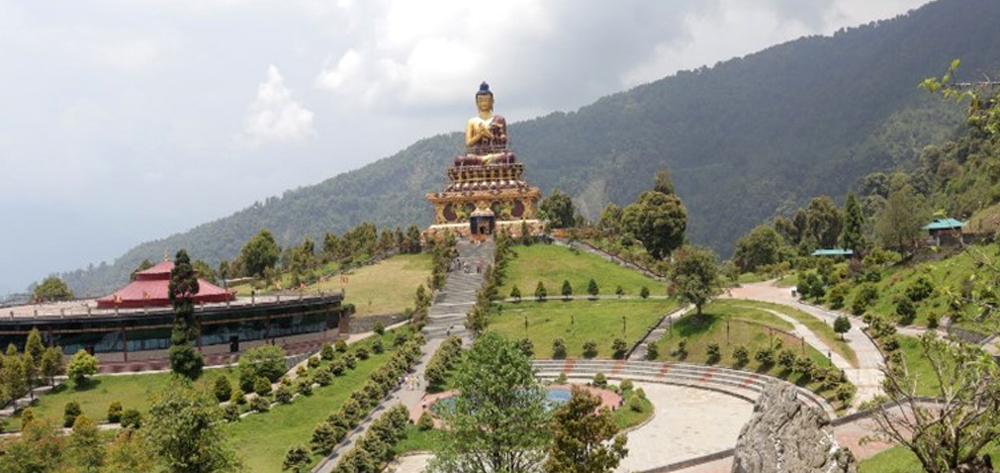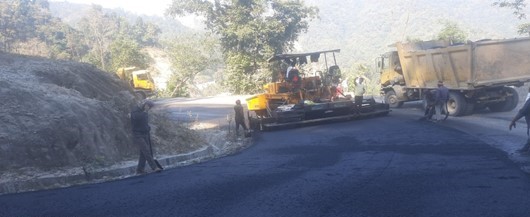- Feedback
- Sitemap
- Skip to Main Content
- Screen Reader Access
- A+ A A -
- A A
- Control Room No. - 9205949400, 011-26768950
Sikkim

Sikkim
Welcome to Sikkim! The exotic northeastern state of India is also nicknamed as, the “Valley of Rice”. The state has a unique importance for India, it is a picturesque tourist haven and also geostrategically very vital for India’s security. It borders China in the north and northeast, Bhutan in the east, Nepal in the west, and to its south lies West Bengal. It is India’s least populous and second-smallest state, but it assumes importance as it borders Chumbi Valley in Tibet and lies next to the Siliguri Corridor, which connects the whole of the northeast with the rest of India.
However, travelling to Sikkim from West Bengal, which is the only way to enter the state, has become worrisome due to the consistent damage to roads caused by heavy rainfall, inundated rivers, and landslides. At present, the state is connected with the rest of the country by NH-10, which is its “lifeline”, but it is very vulnerable to damage causing distress to travellers and transporters. All these problems of travelling to the state will be resolved once the new highway connecting Bagrakote in West Bengal’s Jalpaiguri district to Gangtok in Sikkim is completed in about a year. The new highway NH-717A, which is being built by National Highways & Infrastructure Development Corporation (NHIDCL) will also traverse through Algarah and Lava in Kalimpong district of West Bengal to Rishi on the West Bengal-Sikkim border and move through Rhenock, Rorathang, Pakyong airport area, and Ranipool before terminating at Gangtok.

NH-717A will be an all-weather and sturdy alternate route to NH-10 connecting Sikkim with the rest of India. As the new highway passes through the densely forested area, the road will be far less vulnerable to damage due to landslides and river inundation. It will also reduce the travel time between Siliguri and Gangtok.
Construction under progress in a section of NH-717A at Bagrakote
We need to understand the rationale behind building the new highway though it has been a longstanding demand of the people in Sikkim. The 2017 Doklam standoff between the armies of China and India drew the Union government’s attention to the existing weak road infrastructure that connects Sikkim to the rest of India. Furthermore, frequent cave-ins of some sections of the road on NH-10 during the rainy season caused massive disruption in the transport of essential goods resulting in a shortage of goods in Sikkim. These reasons pushed the government to expedite its plan for laying an alternate all-weather route that connects the rest of the country with Sikkim. This highway is also being built with the strategic purpose of creating a more dependable route that can be used by the armed forces for mobilising troops and movement of strategic weapons to secure the border areas.
Besides these, Sikkim is also a tourist delight, its hilly terrains, widespread organic farmlands, adventure spots, and rich and diverse flora and fauna attract a traveller’s eyes. It is the only state in India that is “fully organic”. Its rich biodiversity and cultural heritage make it a delight for every traveller to revel in its colourful hues. While the existing highway is a nightmare for a traveller, NHIDCL’s diligence in building an alternate all-weather highway in the coming months will certainly change the dynamics of enjoying an uninterrupted road journey to the state, which is home to India’s highest peak, Kanchenjunga and Khangchendzonga National Park, a UNESCO World Heritage Site.







